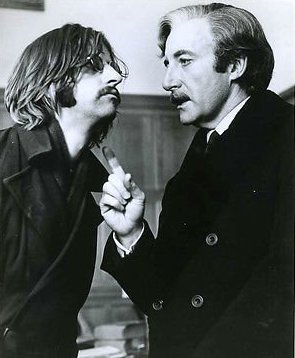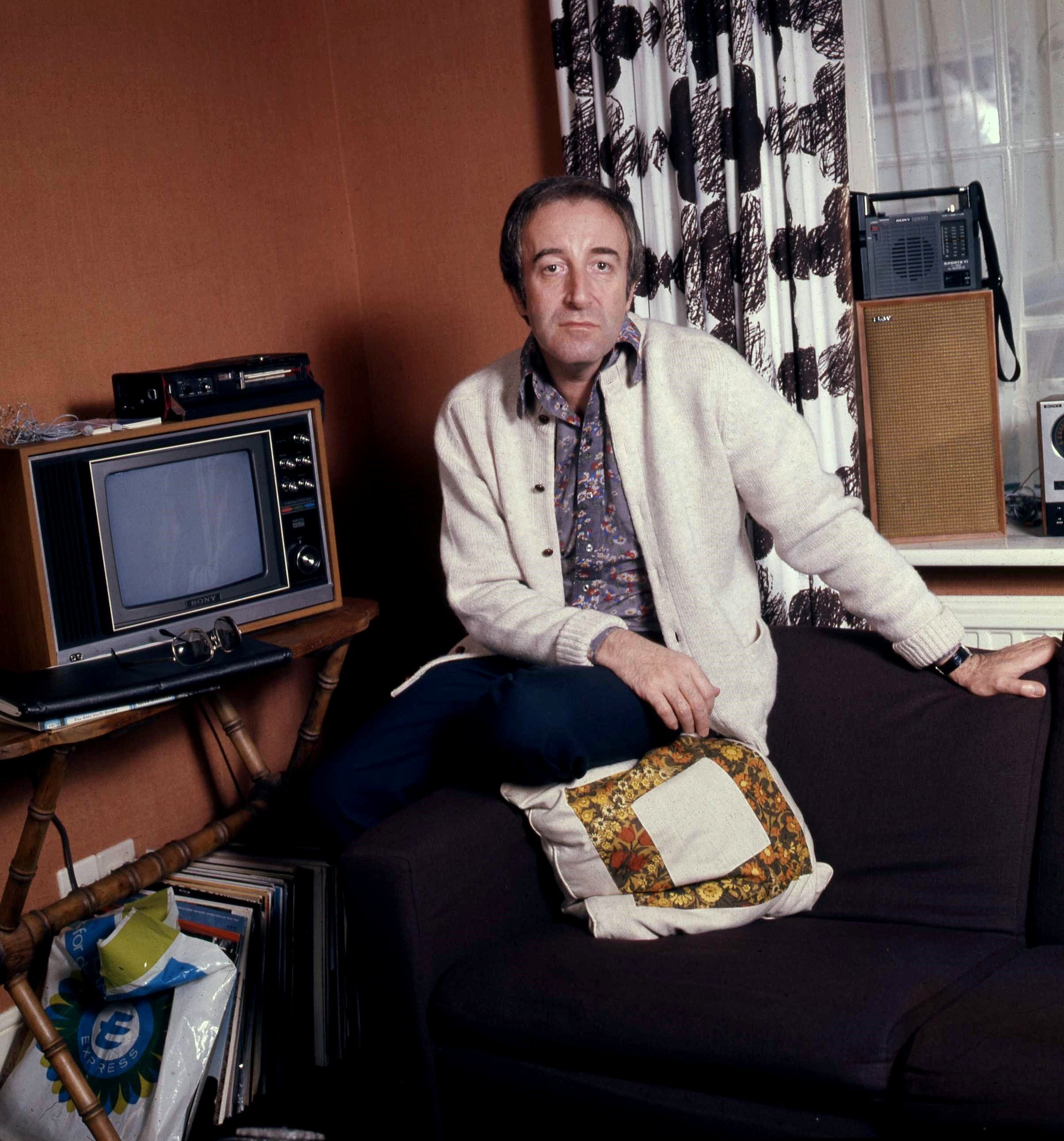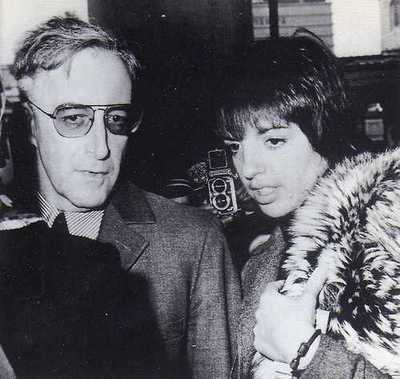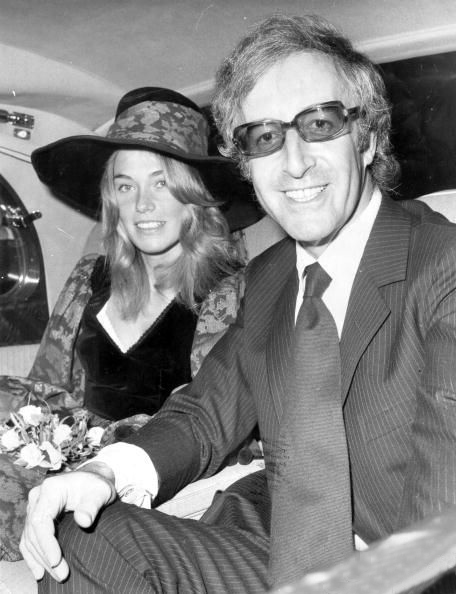The full version of 1969’s Will the Real Peter Sellers Please Stand Up?, a bizarre behind-the scenes look at the comic chameleon during the making of The Magic Christian. Some discussion of Sellers’ serious heart problems.
You are currently browsing articles tagged Peter Sellers.
Tags: Peter Sellers, Spike Milligan
Peter Sellers being interviewed by talk show host/speed reader Steve Allen in 1964 about Dr. Strangelove, revealing how he used the voice for the titular character from the famed tabloid photographer Weegee. Mixed in are a couple of clips of the protean actor’s former employees recalling how he faked an injury to get out of doing the Major King Kong role.
Tags: Peter Sellers, Steve Allen, Weegee
Another of the 1970s TWA ads featuring Peter Sellers, with the protean actor this time portraying a jolly if condescending British chap.
Tags: Peter Sellers
Almost as amusing as Peter Seller’s buffoonish international playboy character was his enthusiastic Scotsman, which was also used to sell TWA in the 1970s.
Tags: Peter Sellers
Tags: Peter Sellers
Peter Sellers goofing around during a rare talk-show appearances, 1970.
Sellers works broad with Dean Martin, 1973:
More Peter Sellers posts:
- Sellers stars in Being There. (1979)
Tags: Dean Martin, Peter Sellers
Rare interview with the incredible Peter Sellers, who hated appearing out of character and seldom did chat shows. From 1974, a decade after an experimental pacemaker saved his life, and five years before he starred in Being There.
Tags: Michael Parkinson, Peter Sellers
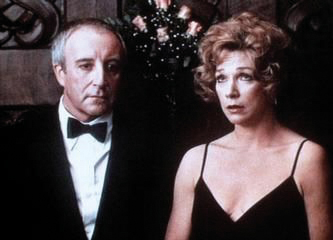 Not so long ago in America, when privacy was still an option and TV was the dominant medium, we feared that maybe this box could prove us idiots, that it could be used to dupe us at the highest levels, that Trilateral Commissions could fool us with Manchurian Candidates, that we could elect a President who was a propped-up simpleton or even an enemy among us. Now, of course, with the Internet’s constant flow of information and crowdsourcing vetting each candidate, all of those fears should be banished. But, of course, they’ve just been heightened. Hal Ashby’s picture-perfect realization of Jerzy Kosinski’s rich 1971 novella, Being There, written during the era when television was considered the problem with us, provides some clues to this phenomenon, though probably not the ones it intended.
Not so long ago in America, when privacy was still an option and TV was the dominant medium, we feared that maybe this box could prove us idiots, that it could be used to dupe us at the highest levels, that Trilateral Commissions could fool us with Manchurian Candidates, that we could elect a President who was a propped-up simpleton or even an enemy among us. Now, of course, with the Internet’s constant flow of information and crowdsourcing vetting each candidate, all of those fears should be banished. But, of course, they’ve just been heightened. Hal Ashby’s picture-perfect realization of Jerzy Kosinski’s rich 1971 novella, Being There, written during the era when television was considered the problem with us, provides some clues to this phenomenon, though probably not the ones it intended.
Chance (Peter Sellers) is a mentally-challenged gardener who’s worked his entire life at the Washington D.C. home of man who has just passed away. Chance, who’s never left the grounds or learned to read or write, has learned all his life lessons from watching television. (“I like to watch,” he tells all he meets, often having has mantra to passivity misunderstood.) Since he’s not mentioned in the old man’s will, he’s evicted by lawyers. Forced into a spinning world he’s previously encountered only on the static tube, the bewildered man has unlikely good luck when he is hit by a limo carrying the wife of a political power broker. His injury is slight, but Eve (Shirley MacLaine) takes Chance in, and she and her sickly kingmaker husband (Melvyn Douglas) are enchanted by him, mistaking his opacity for wisdom, believing through a series of misunderstandings that he is a financial hotshot named “Chauncey Gardner.” Soon, Chance has met with the President (Jack Warden) and been quoted on TV by the beleaguered Commander in Chief. A lonely nation turns its eyes to Chance, and in addition to advising the President, he is soon being considered a potential candidate himself for the nation’s highest office.
George W. Bush was essentially the final TV candidate, so why have conspiracy theories been trumped up in an age when so little can be hidden? Perhaps if there is no unknown to fear we create it. Perhaps, like Chance, we like to watch, but what we really love is to see what we want to see.•
Tags: Hal Ashby, Jack Warden, Jerzy Kosinski, Melvyn Douglas, Peter Sellers, Shirley MacLaine
It might seem odd to find the late, great protean actor Peter Sellers in the pages of a science journal, but he was a perfect subject for the Popular Science piece, “Wiring People for Life,” in 1964 because of his heart problems. The actor, known to have serious drug issues, had a series of heart attacks the previous year at age 38. The Popular Science article focused on Sellers being treated with a then-experimental external pacemaker for his severe coronary problems. The piece is subtitled: “Today, miracle electronic devices keep thousands of damaged bodies going. Tomorrow, they may help the paralyzed to walk.”
Pacemakers have never allowed the paralyzed to walk, but technology advanced and Sellers eventually received an internal pacemaker that allowed him two more decades of life. An excerpt:
“Last April film funnyman Peter Sellers lay critically ill in Los Angeles’ Cedar of Lebanon Hospital, his heart weakened and wobbly after a crushing coronary attack. Doctors held no hope for his recovery, but they began hooking up a new medical machine–an external heart ‘pacemaker.’
Fastening two leads on Sellers’ chest with small suction cups, a cardiologist started electrical impulses flowing to the star’s fluttery chest. These helped guide and steady its beat–but the 38-year-old British actor’s condition worsened. Still, the doctors continued to use the pacemaker. Then, slowly, Sellers began to recover.
His heart became steadier and stronger…the pacemaker was used less often…finally not at all. But the leads never left Sellers’ chest for three more days. Then he was taken off the critical list and the machine was disconnected. The pacemaker had once more worked a near-miracle.”
Tags: C.P. Gilmore, Peter Sellers

